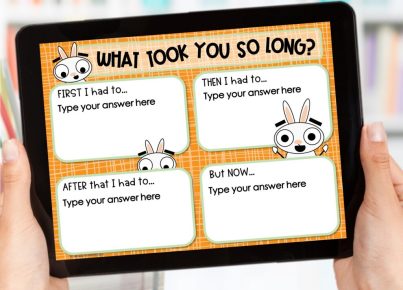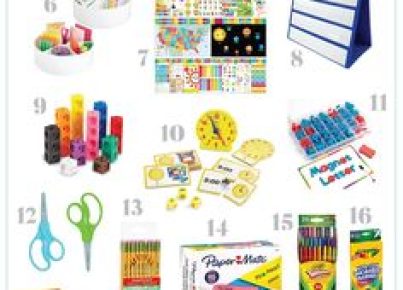Introduction:
As the world continues to grapple with the ongoing pandemic, it seems that educators everywhere are finding themselves once again pivoting back to virtual teaching. After months of adjusting to in-person learning and all the challenges that come with it, we’re now faced with the reality that remote education is still very much a part of our lives. In this article, we’ll delve into what this transition means for teachers, students, and parents alike and explore some strategies to make the most out of this situation.
The Sudden Shift Back to Virtual Learning:
Just as educators and students were starting to settle back into the routine of face-to-face learning, another wave of COVID-19 cases has forced many schools to revert to virtual instruction. This sudden shift can be understandably disorienting for both teachers and learners alike, as it requires navigating a different set of challenges and adapting once again to new methods of delivering education.
The Impact on Teachers:
For teachers, the move back to virtual teaching can be especially challenging. Managing an online classroom brings its own set of hurdles, such as keeping students engaged during lessons or ensuring that they have access to necessary resources. Additionally, the isolation associated with remote teaching can be emotionally taxing for educators who are used to working in close contact with their colleagues and students.
Strategies for Effective Virtual Teaching:
Despite the difficulties that come with remote education, there are several strategies that can help make virtual teaching more effective:
1. Establish clear expectations: Setting well-defined expectations for both behavior and academics can help provide structure and reduce confusion for your students.
2. Create opportunities for collaboration: Encourage group projects and peer feedback sessions by utilizing tools like breakout rooms on video conferencing platforms or using apps like Padlet for group brainstorming activities.
3. Utilize multimedia resources: Incorporate videos, audio clips, images, and interactive elements into your lessons to keep students engaged and to cater to different learning styles.
4. Encourage self-directed learning: Allow students to set goals for themselves and to track their own progress using self-assessment rubrics and reflection activities.
5. Engage parents as partners: Reach out to parents and guardians for support, providing them with resources and tools they can use at home, such as tips for reinforcing the material being taught or utilizing educational websites the students can explore independently.
The Way Forward:
While we don’t know when the threat of the pandemic will dissipate enough to allow consistent in-person education, it is crucial for teachers and students alike to be adaptable in these ever-changing times. While virtual teaching may not be an ideal situation, it has pushed us to innovate our approaches to education and develop new skills that are likely going to have lasting positive effects on the way we teach even after physical classrooms reopen.




